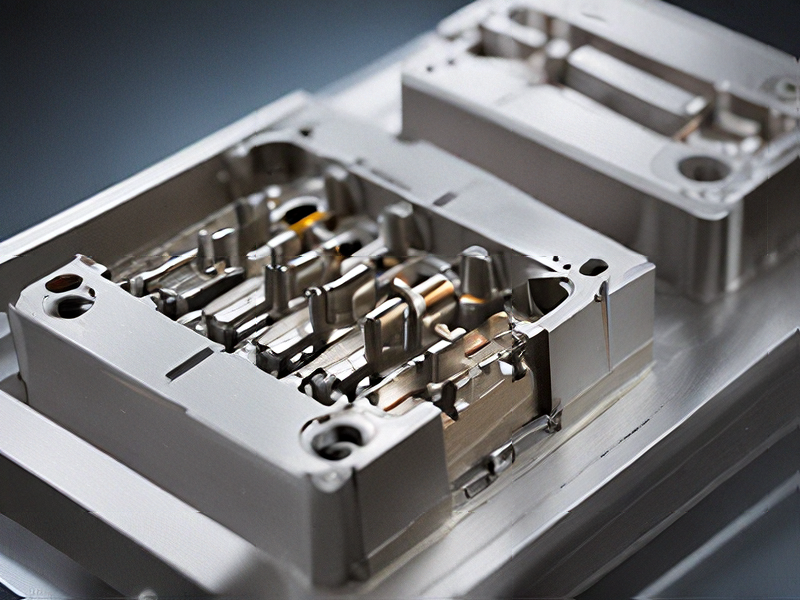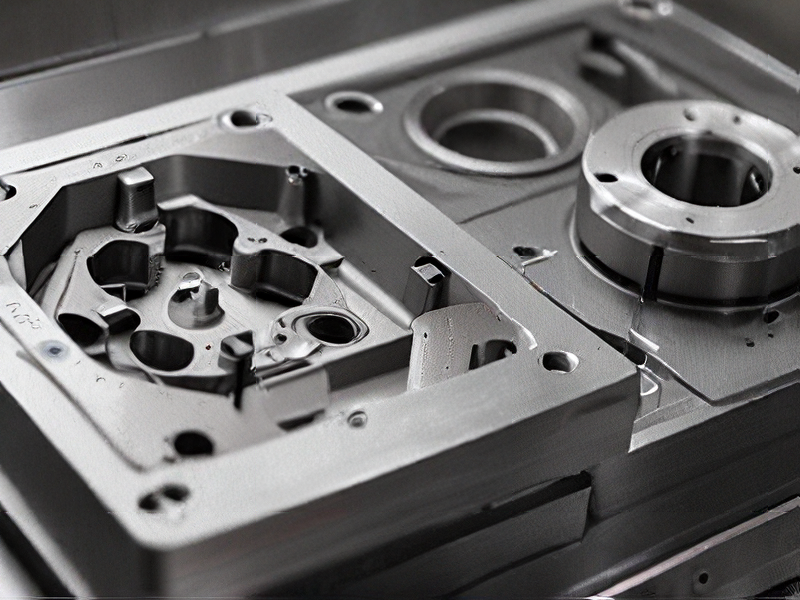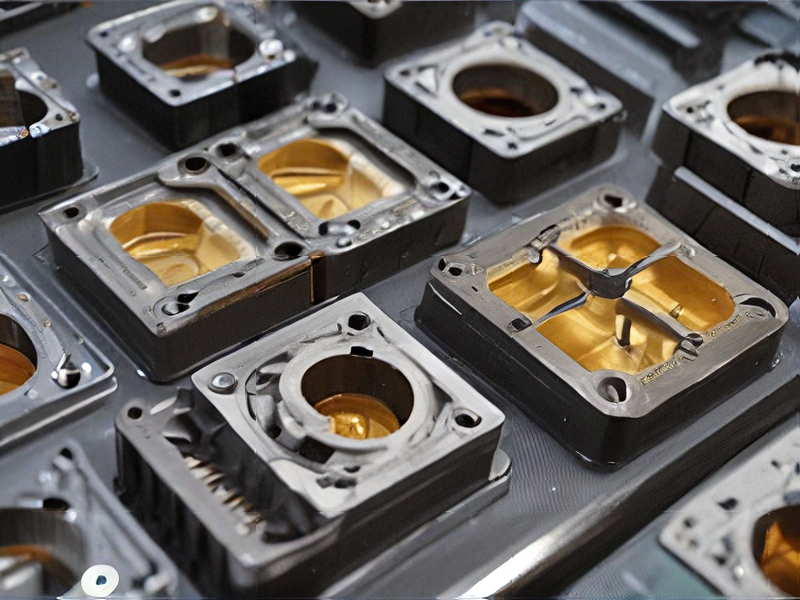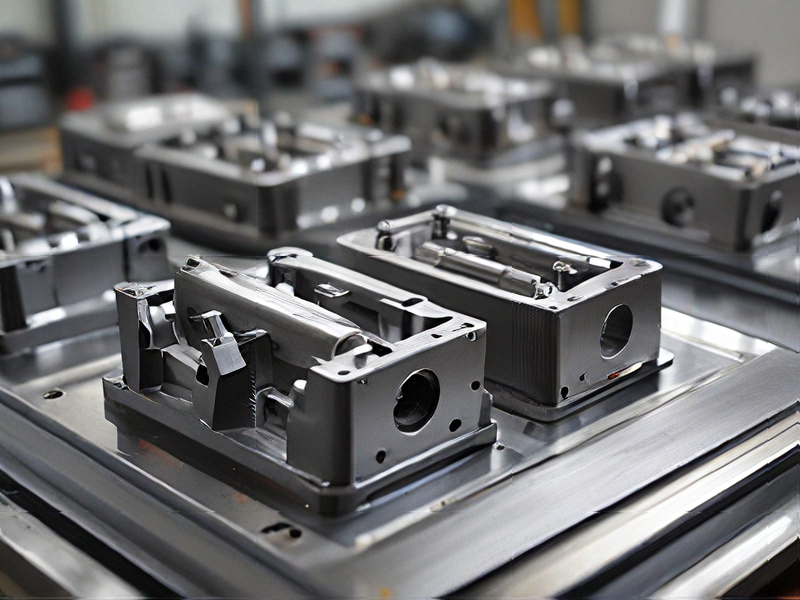Technology and Applications of metal injection mold
Metal injection molding (MIM) is a manufacturing process that combines the versatility of plastic injection molding with the strength and durability of metallic materials. It involves four main steps: feedstock preparation, molding, debinding, and sintering.
Firstly, feedstock preparation blends fine metal powders with a thermoplastic binder material to create a viscous feedstock suitable for injection molding machines. This mixture allows for complex geometries and precise details, making it ideal for producing small, intricate parts such as medical implants, electronic connectors, and firearm components.
During molding, the feedstock is injected into a mold cavity under high pressure, similar to traditional plastic injection molding. The parts produced exhibit high density and dimensional accuracy straight out of the mold.
The debinding stage removes the binder from the molded parts using thermal or chemical methods. This step is crucial for eliminating any organic content before sintering, ensuring the final metal parts achieve their desired mechanical properties.
Finally, sintering involves heating the debound parts in a controlled atmosphere to fuse the metal powders together, resulting in fully dense, solid metal components. This process enhances the mechanical strength, corrosion resistance, and overall performance of the parts.
Metal injection molding finds applications across various industries where high precision and complex geometries are required. It is particularly valuable in automotive, aerospace, medical, and consumer electronics sectors for producing components that demand high strength, wear resistance, and intricate shapes. MIM offers significant advantages over traditional machining or casting methods, including reduced material wastage, lower production costs for complex parts, and the ability to integrate multiple components into a single part. These benefits make MIM a preferred choice for manufacturing small to medium-sized metal parts with intricate designs and high-performance requirements.

Quality Testing Methods for metal injection mold and how to control quality
Quality testing for metal injection molding (MIM) is essential to ensure that the final products meet specifications and performance criteria. Here are key methods and controls:
1. Material Inspection: Verify the quality of raw materials, such as metal powders and binders, through chemical analysis and particle size distribution tests. This ensures that the materials meet the predefined specifications.
2. Dimensional Inspection: Use precision measuring tools (e.g., calipers, micrometers) and coordinate measuring machines (CMM) to check the dimensions of the molded parts against design tolerances. This ensures that geometric accuracy is maintained.
3. Mechanical Testing: Conduct tests like tensile strength, hardness, and impact testing to evaluate the mechanical properties of the final product. These tests help ensure that the parts can withstand operational stresses.
4. Microstructural Analysis: Utilize techniques such as scanning electron microscopy (SEM) and X-ray diffraction (XRD) to examine the microstructure of the components. This allows for assessment of grain size, porosity, and phase distribution, which affect mechanical properties.
5. Sintering Profile Testing: Monitor the sintering process through thermocouples and furnace profiling to maintain optimal temperature and time parameters. This is critical for achieving desired density and mechanical properties.
6. Visual Inspection: Perform visual examinations for surface defects (cracks, warps, or discoloration) before and after sintering. This can help identify any manufacturing defects early in the process.
To control quality effectively, implement a robust quality management system (QMS) that includes standardized procedures, regular training, and documentation of all testing results. Additionally, employing statistical process control (SPC) can help monitor the manufacturing process in real-time, allowing for immediate adjustments to maintain quality standards.

Tips for Procurement and Considerations when Purchasing from metal injection mold
When purchasing from metal injection molding (MIM) suppliers, consider the following tips to ensure a successful procurement process:
1. Supplier Selection: Choose suppliers with proven expertise in MIM. Look for certifications, past client testimonials, and their track record in delivering quality MIM parts.
2. Quality Assurance: Ensure the supplier has robust quality control measures in place. Request information on their inspection processes, certifications (ISO 9001, ISO 13485 for medical devices, etc.), and adherence to industry standards.
3. Material Selection: Discuss the material options available for MIM. Suppliers should offer a range of metal alloys suitable for your specific application requirements in terms of strength, corrosion resistance, and other properties.
4. Design Support: Engage suppliers early in the design phase. They can provide valuable input on design for manufacturability (DFM) to optimize part performance and reduce costs.
5. Production Capacity: Evaluate the supplier’s production capabilities and capacity to meet your volume requirements. Consider lead times, batch sizes, and their ability to scale production as needed.
6. Cost Considerations: Obtain detailed quotes that break down costs for tooling, materials, production, and any secondary operations (e.g., machining, finishing). Compare these with other suppliers to ensure competitiveness.
7. Communication and Collaboration: Establish clear communication channels and expectations from the outset. Regular updates on production status, potential issues, and project timelines are crucial.
8. Intellectual Property Protection: Discuss confidentiality agreements and intellectual property protection measures with the supplier, especially if you’re dealing with proprietary designs or sensitive information.
9. Sustainability and Compliance: Inquire about the supplier’s sustainability practices and compliance with environmental regulations. This may include waste management, recycling initiatives, and responsible sourcing of materials.
10. Long-Term Relationship: Consider the potential for a long-term partnership with the supplier. Building a strong relationship can lead to better service, reliability, and continuous improvement over time.
By focusing on these considerations, you can enhance the procurement process when purchasing from metal injection molding suppliers, ensuring quality, efficiency, and alignment with your project requirements.

FAQs on Sourcing and Manufacturing from metal injection mold in China
When sourcing and manufacturing through metal injection molding (MIM) in China, consider these key FAQs:
1. What is Metal Injection Molding (MIM)?
Metal Injection Molding (MIM) combines injection molding technology with powdered metals to create complex shapes with high precision and consistency.
2. Why choose MIM for manufacturing?
MIM offers cost-effectiveness for high-volume production of small, intricate parts that would be difficult or expensive to produce through traditional methods like machining.
3. What are the advantages of sourcing MIM parts from China?
China is a hub for MIM due to lower labor costs and established infrastructure. Manufacturers often offer competitive pricing and extensive experience in handling various materials and part complexities.
4. How to find a reliable MIM supplier in China?
Conduct thorough research and due diligence. Look for suppliers with certifications (ISO 9001, ISO 13485 for medical devices, etc.), a proven track record, and positive client testimonials.
5. What should be considered during the supplier selection process?
Evaluate their MIM expertise, production capabilities, quality control measures, and their ability to meet specific regulatory requirements and timelines.
6. What are common challenges when sourcing MIM parts from China?
Challenges include communication barriers, quality consistency, intellectual property protection, and logistical issues. Mitigate these risks through clear contracts, regular inspections, and robust communication channels.
7. How can intellectual property be protected when manufacturing in China?
Employ legal contracts, non-disclosure agreements (NDAs), and work with suppliers who respect intellectual property rights. Register patents and trademarks where applicable.
By addressing these FAQs, businesses can navigate the complexities of sourcing and manufacturing MIM parts in China effectively and responsibly.

